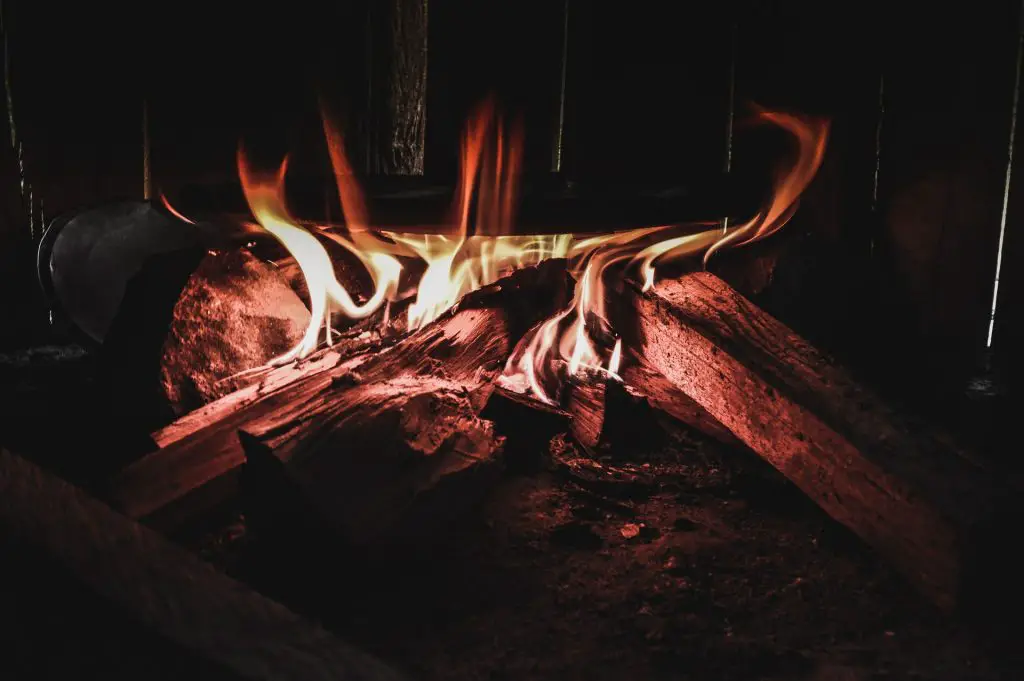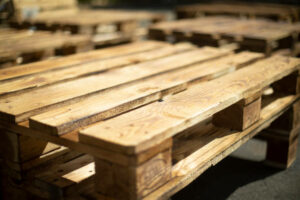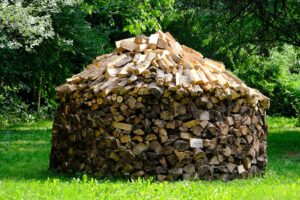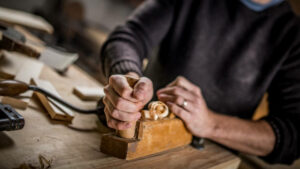Boiling wood is a great way to extract tannins, colorants, and other compounds from the wood. In this guide, we will discuss everything you need to know about boiling wood! We will cover the different methods of boiling wood, as well as the benefits and drawbacks of each method. We will also discuss the different chemicals that can be extracted from wood using this method.
What is Boiling Wood?
Boiling wood is a process in which the wood is boiled in water to extract tannins, colorants, and other compounds. There are several different methods of boiling wood, each with its benefits and drawbacks.
What Chemicals Can be Extracted from Wood?
Many different chemicals can be extracted from wood using the boiling method. Some of these chemicals include:
- Tannins – Tannins, are used in tanning leather and making paper. This chemical is extracted from the bark of trees and other plants. Tannic acid can also be found in the leaves of some plants such as oak leaves or chestnut tree leaves (also known as tannin).
- Phenols – Phenols, are used in the production of dyes, pharmaceuticals, and explosives.
- Lignin – Lignin, is a complex molecule that is used to make adhesives, solvents, and plastics.
- Colorants – Colorants, are used to dye wood or other materials.
The benefits of boiling wood
- There are several benefits of boiling wood:
- Extracting tannins, colorants, and other compounds from the wood.
- Reducing the moisture content of the wood.
- Removing paint or finishes from the wood.
The Drawbacks of Boiling Wood
There are also some drawbacks to boiling wood:
- Boiling can cause the wood to warp or split.
- Boiling can cause discolorations in the wood.
What Are The Different Methods of Boiling Wood?
There are several different methods for boiling wood, each with its benefits and drawbacks:
Boil Method
This method involves placing a pot of water on the stove and then putting the wood in the pot. The water is brought to a boil and then allowed to simmer for several hours.
Pros: The water can be heated to a high temperature, which results in faster extraction of tannins and other compounds from the wood.
Cons: This method can cause the wood to warp or split. The water can evaporate quickly, which can lead to the wood being burned.
Boil and Steep Method
This method is similar to the boil method, except that the wood is not boiled for as long. The water is brought to a boil and then simmered for a few minutes before being removed from the heat. The wood is then placed in the water and allowed to steep for several hours.
Pros: The temperature of the water can be controlled more easily than with the boil method.
Cons: This method can cause discolorations in the wood due to tannins or other compounds being released into the solution during steeping. The water can evaporate quickly, which can lead to the wood being burned.
Boil and Soak Method
This method is similar to the boil and steep method, except that the wood is not boiled at all. The water is brought to a boil and then simmered for a few minutes before being removed from the heat. The wood is then placed in the water and allowed to soak for several hours.
Pros: This method does not cause the wood to warp or split.
Cons: This method can take a long time to extract tannins and other compounds from the wood. The water can evaporate quickly, which can lead to the wood being burned.
Chemical Extraction Method
This method involves dissolving the wood in a solvent such as acetone, ethanol, or water. The solvent is then boiled to extract the tannins and other compounds from the wood.
Pros: The solvent can be heated to a high temperature, which results in faster extraction of tannins and other compounds from the wood.
Cons: This method can be dangerous if not done correctly. The solvent can be toxic and flammable. The chemicals extracted from the wood may be harmful if ingested or inhaled.
Which Method is Best?
There is no one best method for extracting tannins and other compounds from wood. Each method has its benefits and drawbacks, so you should choose the one that works best for your needs.
Can I Bend Wood by Boiling It?
Yes, you can bend wood by boiling it. The heat from the water will cause the wood to expand and contract, which makes it easier to bend. You should only do this if you want your piece of furniture or artwork to have a curved shape. It is not recommended that you try bending metal with this method as it could result in the metal being melted.
How Long Do You Soak Wood to Bend It?
You should soak the wood in water for at least 24 hours. The soaking time will depend on the size of your piece of wood and how much you want it to bend, but most people find that a day or two is sufficient. The longer you soak the wood, the more flexible and pliable it will become.
Why Does Boiling Wood Cause It to Warp?
Boiling wood causes it to warp because the heat from the water causes the cells in the wood to expand. When the wood cools, the cells contract and this can cause the wood to warp or split. This is more likely to happen with green wood than with dry wood.
The tannins in the water will not affect your piece of furniture, but they might give it an off smell. Letting the wood dry out completely before using it should remove any lingering odor.
What Happens if You Don’t Dry Wood After Boiling?
If you don’t dry the wood after boiling, it could develop mold or mildew. The moisture could also cause the wood to warp or split. It is important to dry the wood completely before using it, otherwise, you could end up with a damaged piece of furniture or artwork.
Boiling is not the only way to extract tannins from wood – you can also use other methods such as steeping, soaking, and dissolving the wood in a solvent. Each method has its benefits and drawbacks, so you should choose the one that works best for your needs.
Can I Stain Wood by Boiling It?
Yes, you can stain wood by boiling it. The heat from the water will cause the wood to expand and contract, which makes it easier to stain. You should only do this if you want your piece of furniture or artwork to have a stained appearance. It is not recommended that you try staining metal with this method as it could result in the metal being melted.






